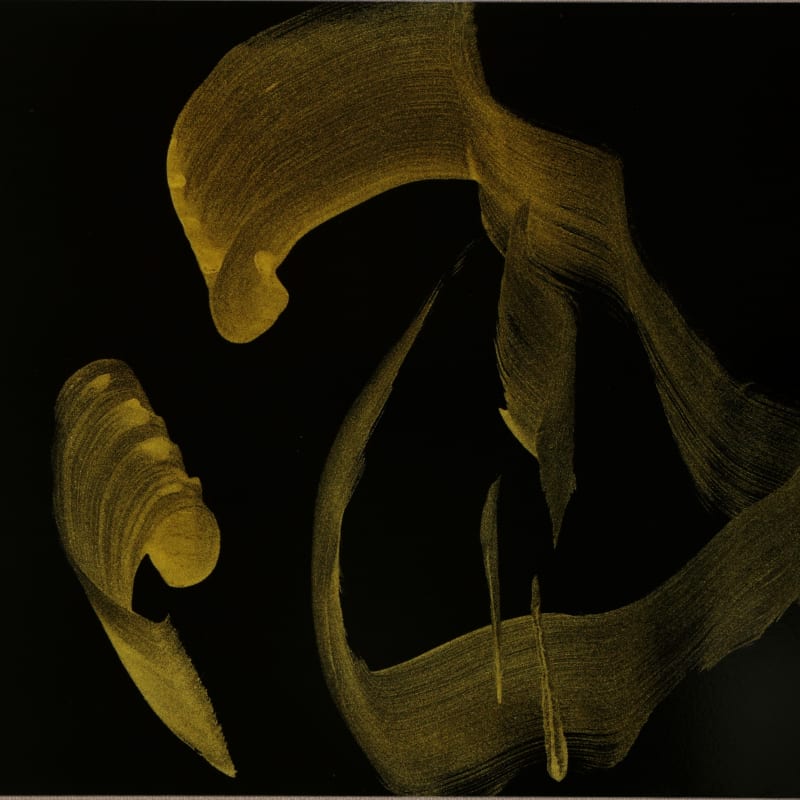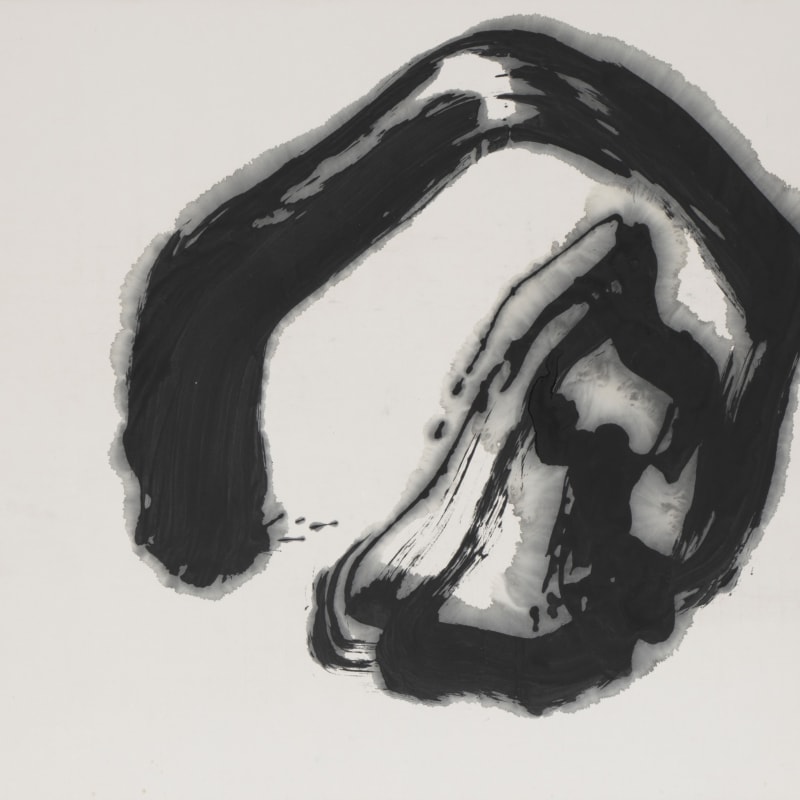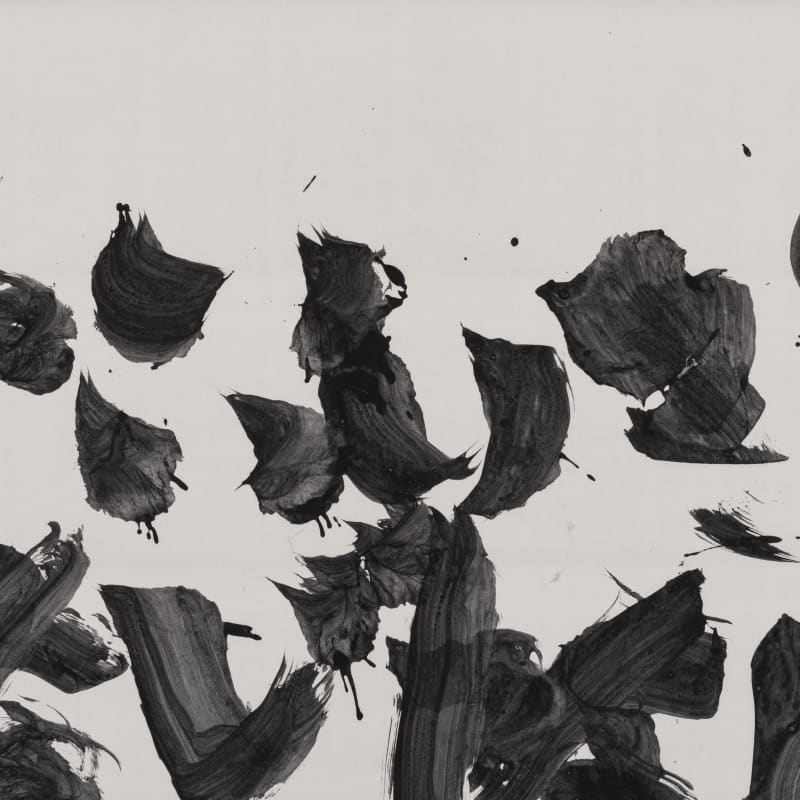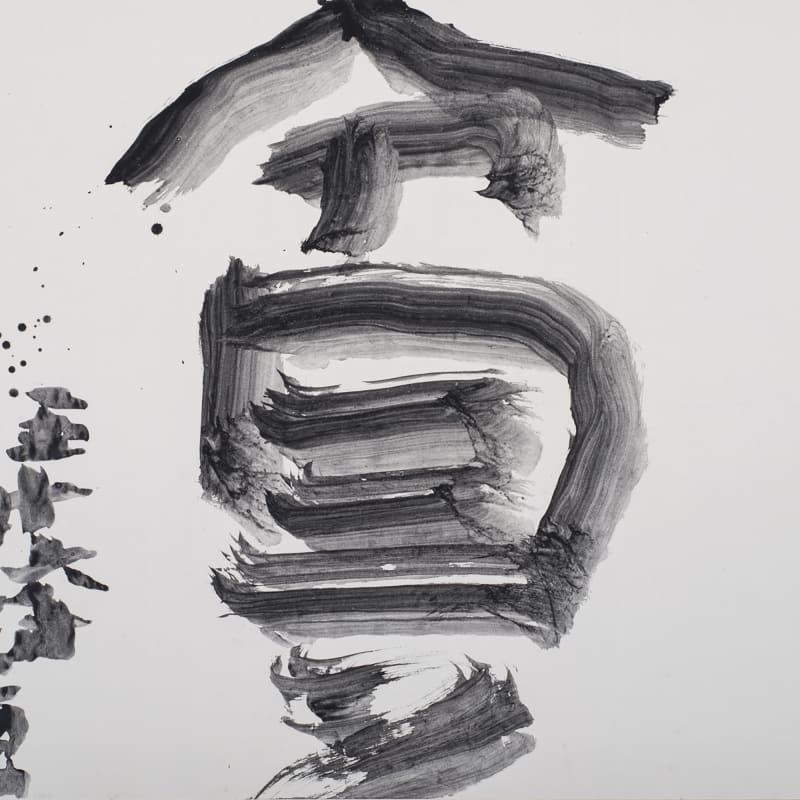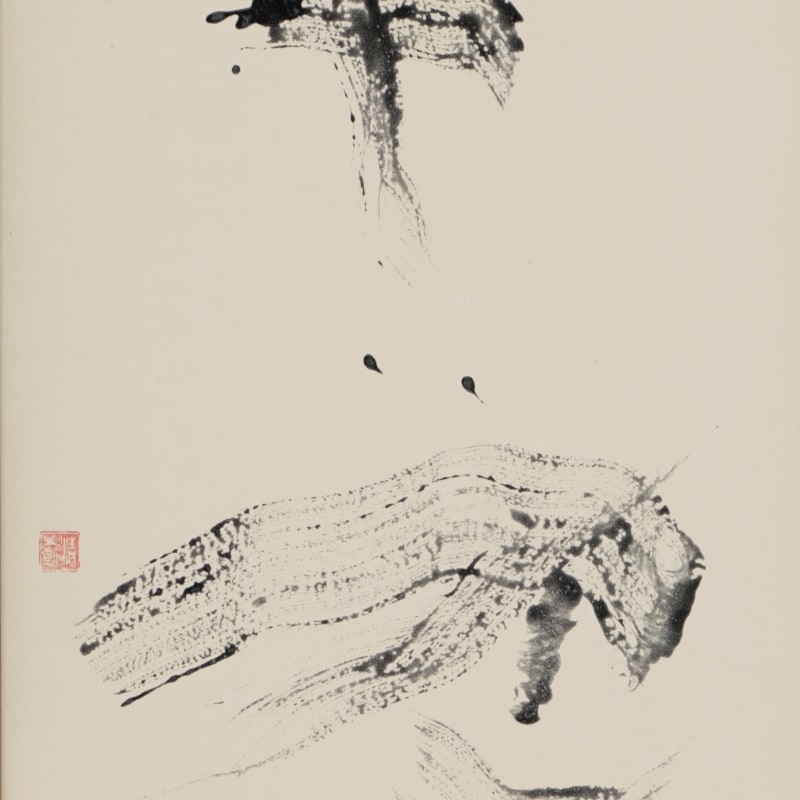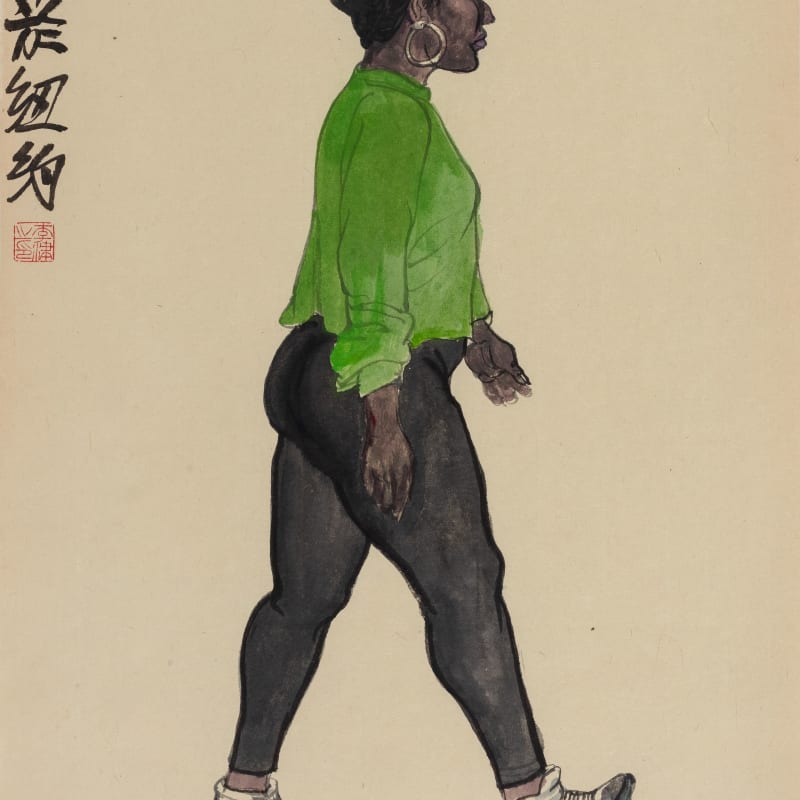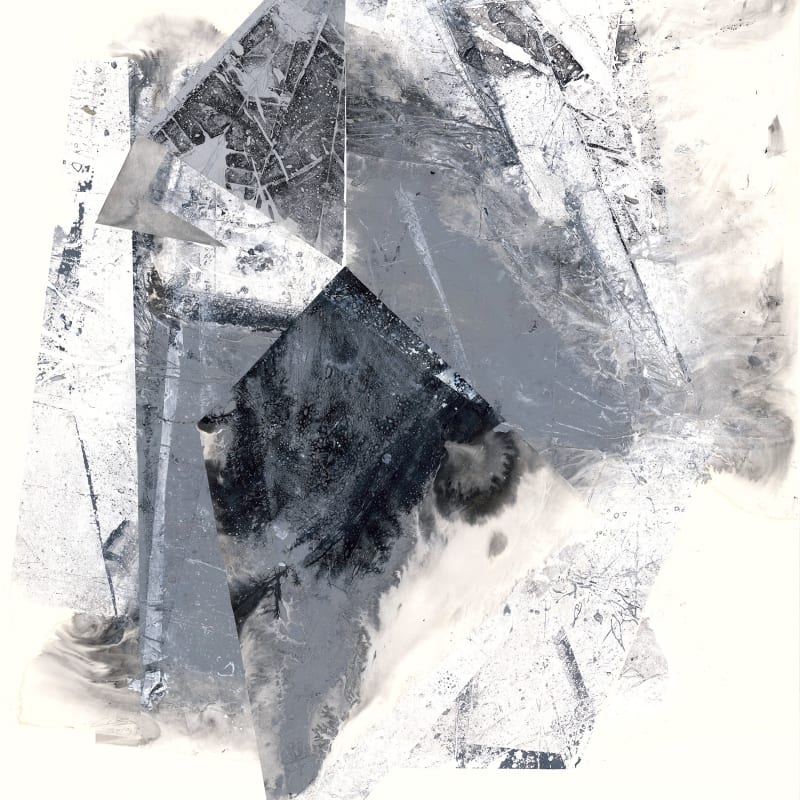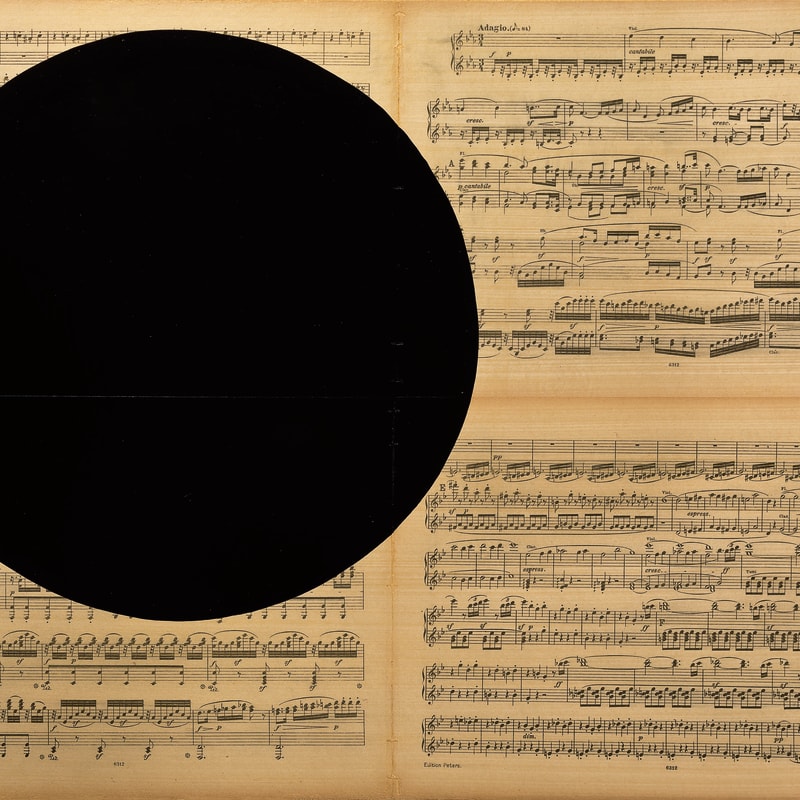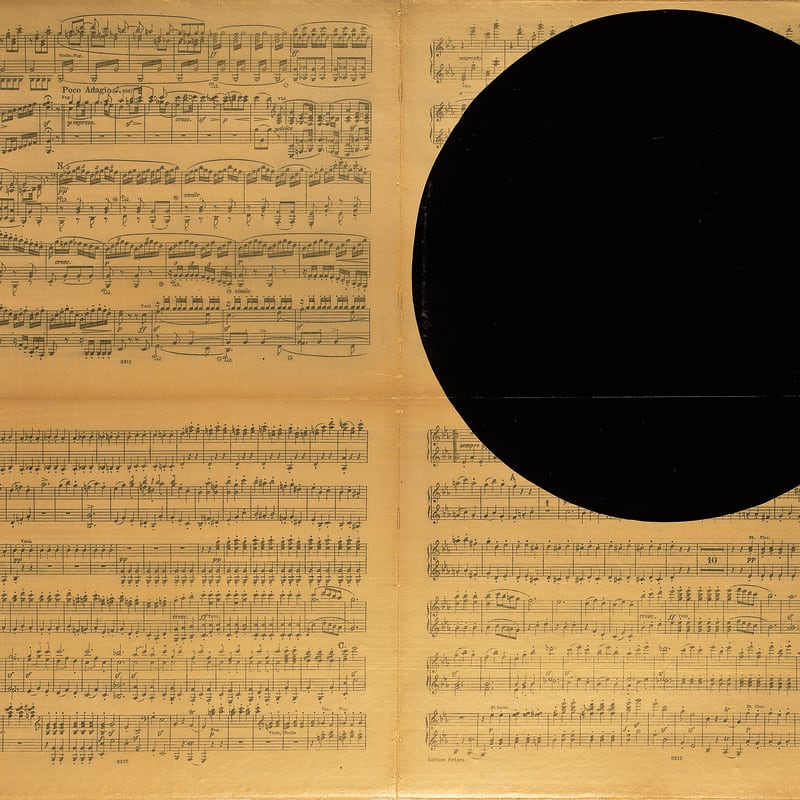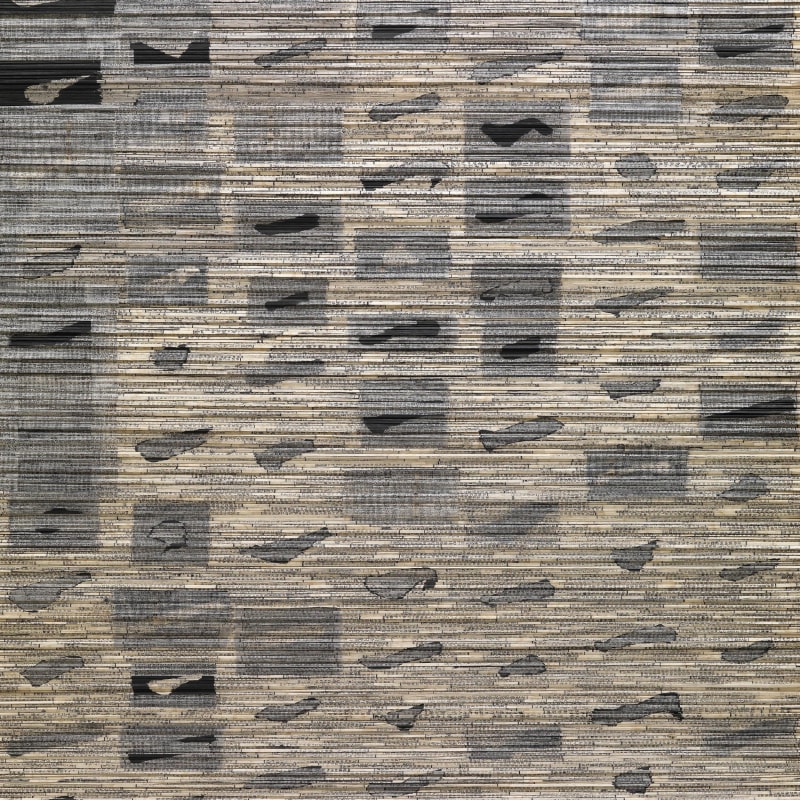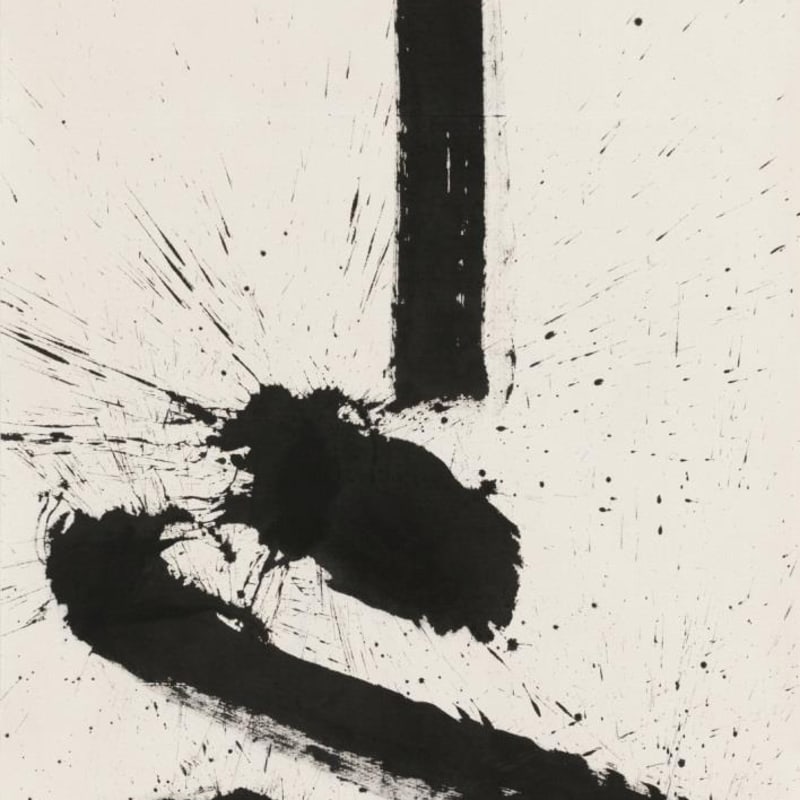INK studio is proud to participate in Art Basel Hong Kong’s Online Viewing Room program from March 18 to 25. Through this digital platform, INK studio will present Ink as Discourse, group exhibition that explores modern and contemporary ink art as a critical yet under-recognized East Asian post-war discourse between Japan, Korea and China. In each respective socio-political context, artists explore how historical art practices—specifically painting and calligraphy using brush and ink on paper—can change to communicate original meaning in new and rapidly-changing contemporary contexts. Exhibited artists will include post-war abstract calligraphers Shiryu Morita (1912 – 98) and Yuichi Inoue (1916 – 85), post-democracy movement artists Ahn Seung Kum (b. 1958), Jeong Gwanghee (b. 1971), and Kim Ho Deuk (b.1950), and post-Cultural-Revolution painters Li Jin (b. 1958), Wang Tiande (b. 1960), and Zheng Chongbin (b. 1961).
Shiryu Morita (1912 - 1998) was a postwar Japanese artist who revolutionized Japanese calligraphy into a global avant-garde aesthetic. He was a founding member of the Bokujinkai (‘Ink People Society’) founded in 1952, an association of calligraphy artists who envisioned to bring the art of calligraphy to the position of international prominence. Morita once expressed the movement’s guiding idea, that “works of the art of sho (writing) are traces which are left behind by the movements of the living, experiencing soul.” The artist him or herself thus becomes a sign, revealed to us by the traces of his or her brush and experienced by us through an empathic feeling of their rhythm. The artist's life and the written sign, the calligraphic character and its gestural expression, together form what we experience on the paper as the “art of writing.” Morita launched artistic and intellectual exchange with many prominent international abstract artists including Isamu Noguchi, Franz Kline, Pierre Soulages, Pierre Alechinsky, and Walasse Ting and also exhibited in the Museum of Modern Art, New York and Sao Paolo Biennale as early as the 1950s and 1960s.
Widely exhibited and enjoying great international acclaim throughout his career, Yuichi Inoue (1916 - 1985) is one of the true pioneers of Japanese abstract calligraphy. Yuichi's importance as an artist grows out of the political and intellectual context in which he worked. In post-war Japan, the development of modern calligraphy arose from a common desire to restore national confidence through the arts. Under this backdrop, Yuichi and fellow avant-garde Japanese calligraphers such as Shiryu Morita founded the influential Ink People Society, which sought to liberate calligraphy from its deep-rooted traditions and put it on equal terms with modern Western art. The significant variation in Yuichi’s artwork closely tracks his personal and intellectual development. People were often struck by Yuichi's honesty, simplicity, and straight-forward manner. He never showed a work he didn't feel best represented his artistic practice and was known to frequently destroy works he viewed to be "inferior".
Ahn Sung Keum (b. 1958)’s artistic inquiry is characterized by a commitment to the understanding of the profundity and contradictions of “self” and “existence”. Her large ink paintings and installations, such as the Sound of Vision and Buddha Sound series, utilize both sacred calligraphic texts and musical notation upon which large black ink shapes have been painted, partially obscuring the characters. Her work has a grounding in Eastern philosophy and is also expressive of inner reflection.
The labor intensive work of Jeong Gwang Hee (b. 1971) has a strong relationship to the philosophical and aesthetic traditions of ink art while also referencing Abstract Art and contemporary installation art. His works are composed of strips of Korean traditional paper folded and stacked side by side. The surface is then covered by ink dots and abstract brushstrokes, blurring and deconstructing the meaning of the text and images on paper. Jeong has described as part of his intention a need to examine and hold to question accepted knowledge and conventional belief and in doing so to doubt himself as he extends the envelope of his artistic language.
Kim Ho Deuk (b. 1950) is an acclaimed pioneering artist who has pushed the envelope of ink painting. His abstracted landscape ink painting pays homage to traditional techniques while being uniquely contemporary. Kim's landscape paintings are conceptually minimal yet bold and spontaneous. He applies ink in a brush stroke that is a singular psychically expressive act. Since a continued illness the artist has emphasized this momentary expression as emblematic of importance of each moment of existence.
Li Jin (b. 1958) is best known for his lush and colorful depictions of sensory pleasures in contemporary China. From 2015 onwards, Li Jin has shifted his focus on monochrome ink paintings executed in the highly expressive xieyi style, applying spontaneous ink splashes using gigantic brushes. Dwelling in between concrete imagery and abstraction brush strokes, Li Jin’s works are extremely striking, reminiscent of the Zen paintings practiced by artists like Liang Kai, Xu Wei, and Zhu Da.
Wang Tiande (b. 1960) graduated from the Chinese Painting Department of Zhejiang Academy of Fine Arts (now the China Academy of Art) in 1988 and later obtained his doctoral degree from its Department of Calligraphy. Internationally renowned as a prominent figure in the development of Chinese contemporary ink art for his revolutionary takes on traditional Chinese art, Wang Tiande developed his signature style of multi-layered painting consists of ink landscapes topped by an upper-layer of burned landscapes or calligraphy using cigarettes or incense sticks, which are then juxtaposed with rubbings of famous ancient steles from his own collection. Meditating on creation and destruction, the simultaneous ephemeral and fleeting qualities of Wang Tiande’s works are a poetic celebration and elegy to both past and present. Wang is currently a professor at the Fudan University in Shanghai.
Zheng Chongbin (b. 1961) has held the classical Chinese ink tradition and Western pictorial abstraction in productive mutual tension. By exploring and exploiting the immanent qualities and behavior of his materials—ink, acrylic, water and paper—Zheng has developed a distinctive language of indexical abstraction—what critic Mark van Proyen calls “pre-constructed” in contrast to “de-constructed” art. Mounted on custom-fabricated, honeycomb-aluminum panels, Zheng’s latest works move into three-dimensional wall sculpture, enabling him to integrate elements of his light-and-space installation practice.
About Art Basel Online Viewing Room
Online Viewing Room is a new digital platform designed to connect galleries and collectors from around the world. As an additional exhibition space, the viewing room will operate simultaneously with Art Basel’s international fairs, providing global audience and art patrons with the opportunity to explore participating galleries and their artistic presentations with a new digital visual experience.
About INK studio
INK studio is an art gallery based in Beijing. Its mission is to present Chinese experimental ink as a distinctive contribution to contemporary transnational art-making in a closely-curated exhibition program supported by in-depth critical analysis, scholarly exchange, bilingual publishing, and multimedia production. INK studio curates three to four major solo projects per year with artists such as Bingyi, Dai Guangyu, He Yunchang, Li Jin, Li Huasheng, Wang Dongling, Yang Jiechang, and Zheng Chongbin and exhibits works of diverse media, including painting, calligraphy, sculpture, installation, performance, photography, and video. Since its inception in 2012, INK Studio has regularly appeared at art fairs such as the Armory Show (New York), Art Basel Hong Kong, and West Bund Art & Design (Shanghai) and placed works into major public collections, including the Metropolitan Museum of Art, Los Angeles County Museum of Art, Brooklyn Museum, and M+ Museum, Hong Kong.
